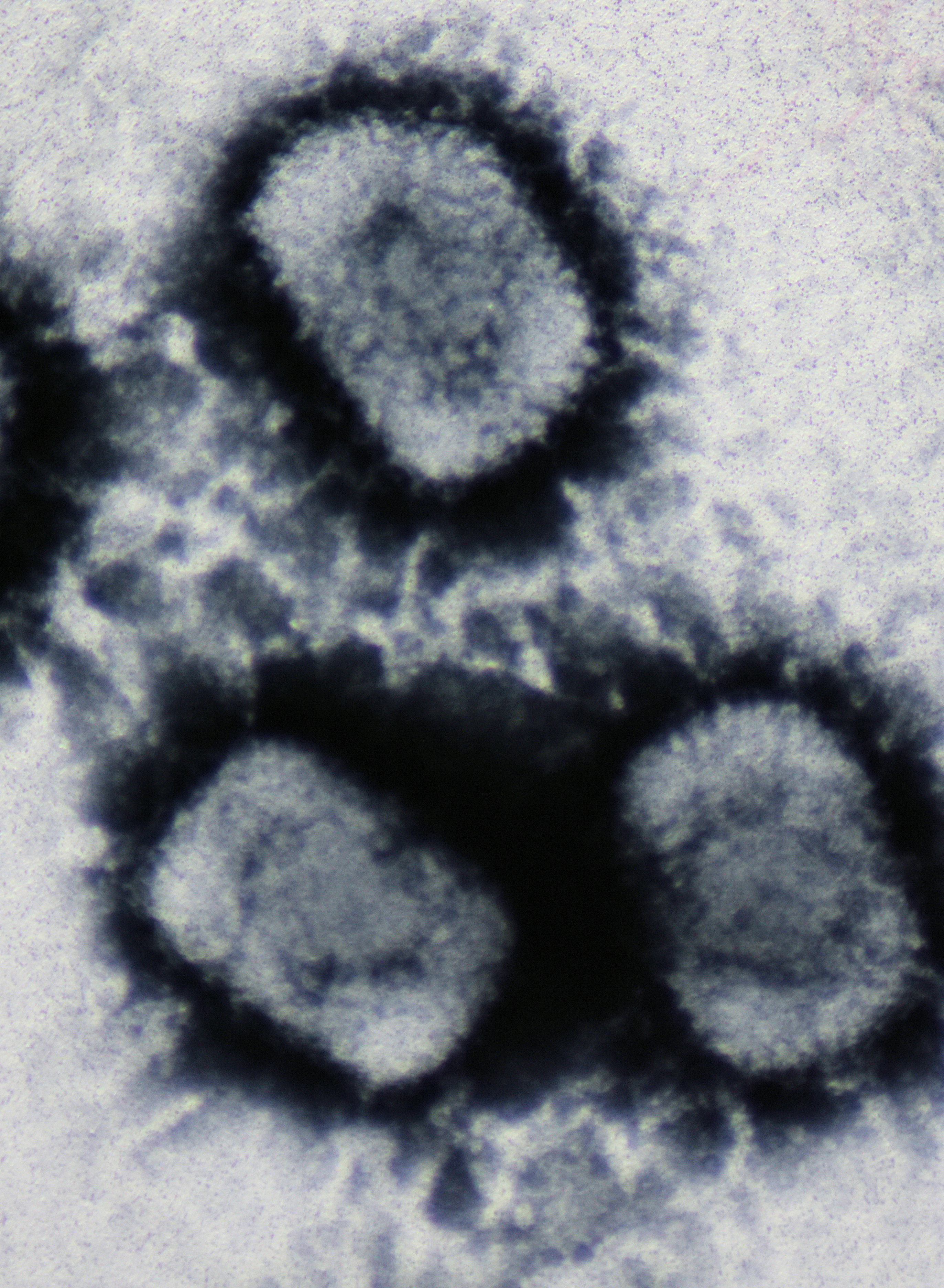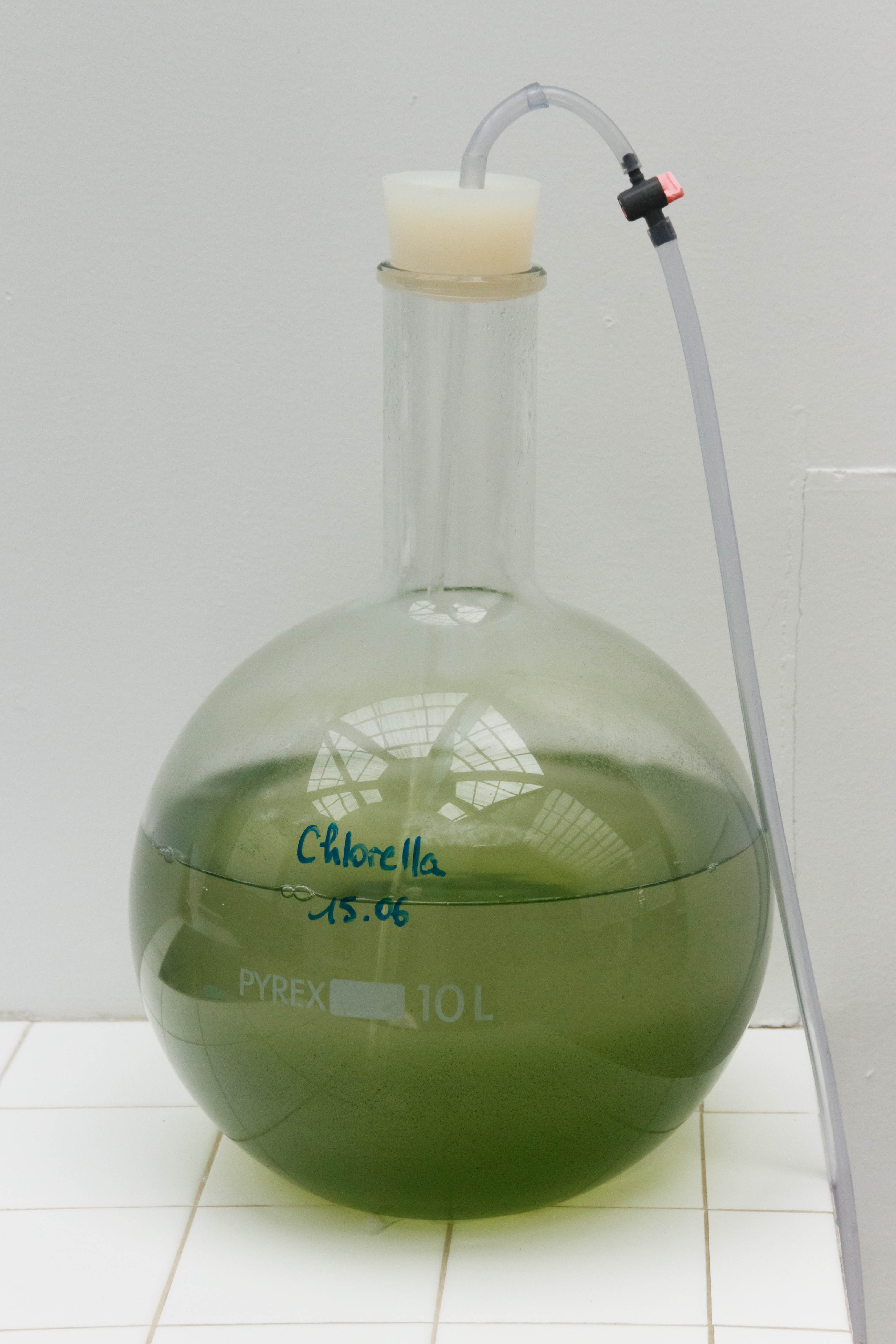|
Chlorovirus Acanthocystis Turfacea Virus 1
''Acanthocystis turfacea chlorella virus 1'' (''ATCV-1''), also called Chlorovirus ATCV-1 or Chlorella virus ATCV-1 is a species of giant double-stranded DNA virus in the genus ''Chlorovirus''. The host of ATCV-1 is ''Chlorella heliozoae''; it was demonstrated that "ATCV-1 neither attaches to nor infects" Chlorella variabilis. Human infection DNA from ATCV-1 has been isolated from the mucous membranes of the noses of humans. In both humans and mice, the presence of ATCV-1 on the oropharyngeal The pharynx (plural: pharynges) is the part of the throat behind the mouth and nasal cavity, and above the oesophagus and trachea (the tubes going down to the stomach and the lungs). It is found in vertebrates and invertebrates, though its struct ... mucosa was associated with lower scores in tests of cognitive and motor skills. Injection of purified algal virus ATCV-1 intracranially results in long-lasting cognitive and behavioural effects in mice via induction of inflammatory factors. ... [...More Info...] [...Related Items...] OR: [Wikipedia] [Google] [Baidu] |
DNA Virus
A DNA virus is a virus that has a genome made of deoxyribonucleic acid (DNA) that is replicated by a DNA polymerase. They can be divided between those that have two strands of DNA in their genome, called double-stranded DNA (dsDNA) viruses, and those that have one strand of DNA in their genome, called single-stranded DNA (ssDNA) viruses. dsDNA viruses primarily belong to two realms: ''Duplodnaviria'' and ''Varidnaviria'', and ssDNA viruses are almost exclusively assigned to the realm ''Monodnaviria'', which also includes some dsDNA viruses. Additionally, many DNA viruses are unassigned to higher taxa. Reverse transcribing viruses, which have a DNA genome that is replicated through an RNA intermediate by a reverse transcriptase, are classified into the kingdom '' Pararnavirae'' in the realm '' Riboviria''. DNA viruses are ubiquitous worldwide, especially in marine environments where they form an important part of marine ecosystems, and infect both prokaryotes and eukaryotes. The ... [...More Info...] [...Related Items...] OR: [Wikipedia] [Google] [Baidu] |
Chlorovirus
''Chlorovirus'', also known as Chlorella virus, is a genus of giant double-stranded DNA viruses, in the family ''Phycodnaviridae''. This genus is found globally in freshwater environments where freshwater microscopic algae serve as natural hosts. There are 19 species in this genus. ''Chlorovirus'' was initially discovered in 1981 by Russel H. Meints, James L. Van Etten, Daniel Kuczmarski, Kit Lee, and Barbara Ang while attempting to culture Chlorella-like algae. During the attempted process viral particles were discovered in the cells 2 to 6 hours after being initially isolated, followed by lysis after 12 to 20 hours. This virus was initially called HVCV (Hydra viridis Chlorella virus) since it was first found to infect Chlorella-like algae. Though relatively new to virologists and thus not extensively studied, one species, Chlorovirus ATCV-1, commonly found in lakes, has been recently found to infect humans. New studies focusing on effects of infection in mouse model are curren ... [...More Info...] [...Related Items...] OR: [Wikipedia] [Google] [Baidu] |
Chlorella Heliozoae
''Chlorella'' is a genus of about thirteen species of single-celled green algae belonging to the division Chlorophyta. The cells are spherical in shape, about 2 to 10 μm in diameter, and are without flagella. Their chloroplasts contain the green photosynthetic pigments chlorophyll-a and -b. In ideal conditions cells of ''Chlorella'' multiply rapidly, requiring only carbon dioxide, water, sunlight, and a small amount of minerals to reproduce. The name ''Chlorella'' is taken from the Greek χλώρος, ''chlōros/ khlōros'', meaning green, and the Latin diminutive suffix ''ella'', meaning small. German biochemist and cell physiologist Otto Heinrich Warburg, awarded with the Nobel Prize in Physiology or Medicine in 1931 for his research on cell respiration, also studied photosynthesis in ''Chlorella''. In 1961, Melvin Calvin of the University of California received the Nobel Prize in Chemistry for his research on the pathways of carbon dioxide assimilation in plants using ' ... [...More Info...] [...Related Items...] OR: [Wikipedia] [Google] [Baidu] |
Chlorella Variabilis
''Chlorella'' is a genus of about thirteen species of single-celled green algae belonging to the division Chlorophyta. The cells are spherical in shape, about 2 to 10 μm in diameter, and are without flagella. Their chloroplasts contain the green photosynthetic pigments chlorophyll-a and -b. In ideal conditions cells of ''Chlorella'' multiply rapidly, requiring only carbon dioxide, water, sunlight, and a small amount of minerals to reproduce. The name ''Chlorella'' is taken from the Greek χλώρος, ''chlōros/ khlōros'', meaning green, and the Latin diminutive suffix ''ella'', meaning small. German biochemist and cell physiologist Otto Heinrich Warburg, awarded with the Nobel Prize in Physiology or Medicine in 1931 for his research on cell respiration, also studied photosynthesis in ''Chlorella''. In 1961, Melvin Calvin of the University of California received the Nobel Prize in Chemistry for his research on the pathways of carbon dioxide assimilation in plants using ' ... [...More Info...] [...Related Items...] OR: [Wikipedia] [Google] [Baidu] |
Oropharyngeal
The pharynx (plural: pharynges) is the part of the throat behind the mouth and nasal cavity, and above the oesophagus and trachea (the tubes going down to the stomach and the lungs). It is found in vertebrates and invertebrates, though its structure varies across species. The pharynx carries food and air to the esophagus and larynx respectively. The flap of cartilage called the epiglottis stops food from entering the larynx. In humans, the pharynx is part of the digestive system and the conducting zone of the respiratory system. (The conducting zone—which also includes the nostrils of the nose, the larynx, trachea, bronchi, and bronchioles—filters, warms and moistens air and conducts it into the lungs). The human pharynx is conventionally divided into three sections: the nasopharynx, oropharynx, and laryngopharynx. It is also important in vocalization. In humans, two sets of pharyngeal muscles form the pharynx and determine the shape of its lumen. They are arranged as an in ... [...More Info...] [...Related Items...] OR: [Wikipedia] [Google] [Baidu] |
Science (journal)
''Science'', also widely referred to as ''Science Magazine'', is the peer-reviewed academic journal of the American Association for the Advancement of Science (AAAS) and one of the world's top academic journals. It was first published in 1880, is currently circulated weekly and has a subscriber base of around 130,000. Because institutional subscriptions and online access serve a larger audience, its estimated readership is over 400,000 people. ''Science'' is based in Washington, D.C., United States, with a second office in Cambridge, UK. Contents The major focus of the journal is publishing important original scientific research and research reviews, but ''Science'' also publishes science-related news, opinions on science policy and other matters of interest to scientists and others who are concerned with the wide implications of science and technology. Unlike most scientific journals, which focus on a specific field, ''Science'' and its rival ''Nature (journal), Nature'' c ... [...More Info...] [...Related Items...] OR: [Wikipedia] [Google] [Baidu] |




